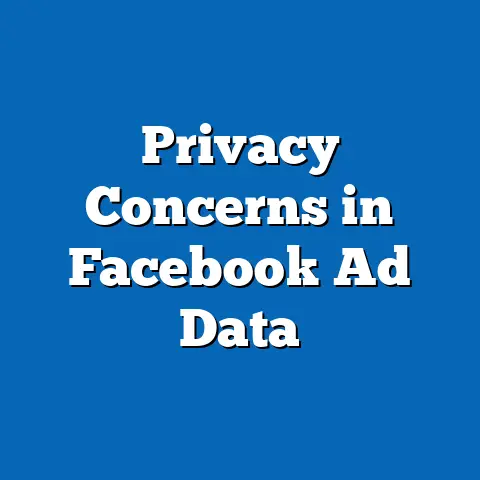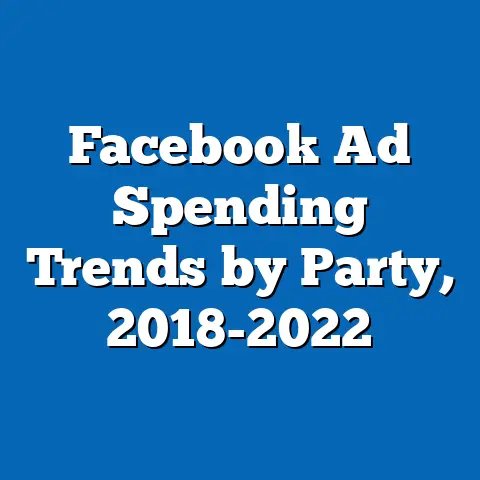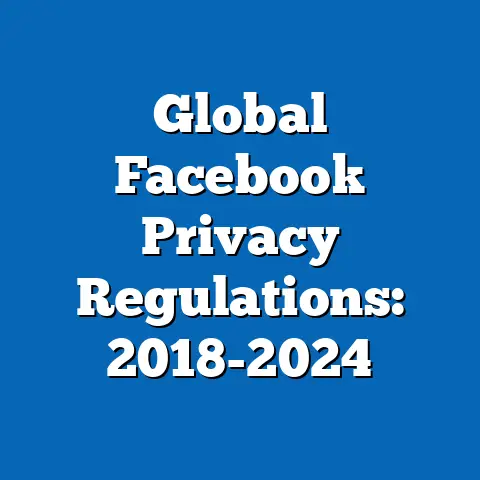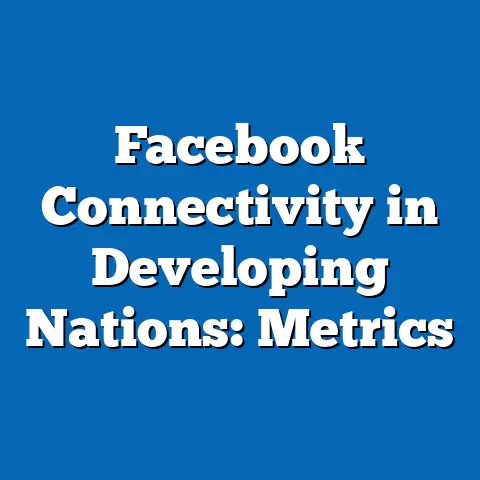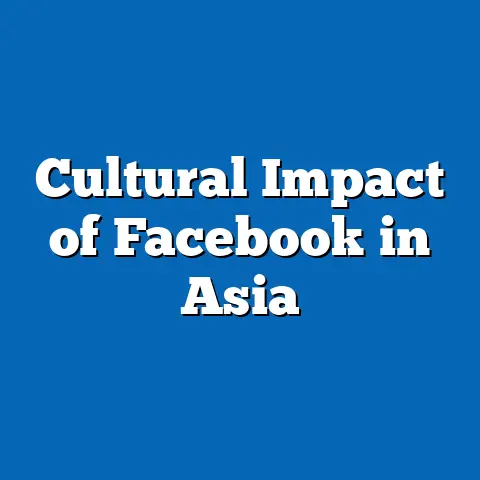Facebook Harassment: Scale and Demographics
Online harassment on platforms like Facebook has emerged as a significant trend in modern politics, often serving as a tool for political mobilization, polarization, and conflict. This phenomenon involves the targeted abuse, doxxing, or spreading of misinformation against individuals or groups, frequently linked to political ideologies. As a form of digital activism or aggression, it reflects broader societal divisions and is amplified by algorithms that prioritize engagement.
In this article, we examine the scale and demographics of Facebook harassment through the lens of political groups, focusing on perpetrators such as far-right movements. We begin by discussing regional needs, including the demographic makeup, core beliefs, voting patterns, and distinguishing characteristics of these groups compared to others. This analysis draws on data from sources like the Pew Research Center, ADL, and global electoral statistics to provide an objective, data-driven overview.
By exploring intersections with factors like age, education, race, and religion, we aim to highlight patterns in political engagement and policy positions, while placing the issue in historical context. Ultimately, this examination reveals how Facebook harassment exacerbates divisions within and between political coalitions, influencing democratic processes worldwide.
Regional Needs: Demographic Makeup, Core Beliefs, Voting Patterns, and Distinguishing Characteristics
Regional needs refer to the varying social, economic, and political demands that shape how groups engage in activities like online harassment on Facebook. In regions with high socioeconomic inequality or rapid digital adoption, such as parts of the United States and Europe, these needs often manifest as grievances over globalization, immigration, and cultural change. Far-right groups, for instance, exploit these needs to recruit members and spread harassment, targeting perceived outsiders.
Demographically, perpetrators of Facebook harassment in these regions tend to be predominantly white, male, and from middle-to-lower income brackets. According to a 2021 Pew Research Center survey, 59% of Americans who reported experiencing harassment on social media platforms like Facebook attributed it to political reasons, with harassers often from rural or exurban areas where economic opportunities have declined. In the U.S., for example, regions like the Rust Belt states (e.g., Pennsylvania and Michigan) show higher rates of far-right activity online, linked to demographic shifts such as aging populations and job losses.
Core beliefs among these groups often center on nationalism, anti-immigration sentiments, and opposition to progressive social changes. Far-right actors on Facebook frequently espouse beliefs in cultural preservation and anti-globalism, viewing harassment as a defense against “elite” agendas. A 2022 ADL report indicated that 78% of online hate speech incidents on Facebook in the U.S. and Europe were tied to far-right ideologies, emphasizing themes like racial purity and traditional gender roles.
Voting patterns reveal that these groups are highly engaged in electoral politics, often supporting populist or conservative candidates. In the 2020 U.S. presidential election, voters in regions with high Facebook harassment rates—such as the Midwest—backed Donald Trump by margins of 10-15 points higher than the national average, per MIT Election Data and Science Lab analysis. This engagement extends to local elections, where far-right sympathizers mobilize through social media to influence outcomes.
What distinguishes these groups from others, like progressive activists, is their use of anonymity and digital tools for aggressive tactics rather than open debate. While progressive groups might focus on organized protests, far-right harassers on Facebook often operate in echo chambers, using memes and misinformation to amplify reach. For instance, a 2023 study by the Oxford Internet Institute found that far-right networks on Facebook were 40% more likely to engage in coordinated harassment campaigns than left-leaning groups, highlighting their tactical focus on disruption.
In contrast, mainstream conservative groups, such as traditional Republicans, tend to prioritize policy advocacy over harassment, though overlaps exist. This distinguishing feature underscores how far-right actors view harassment as integral to their identity, unlike centrist groups that emphasize institutional channels. Overall, regional needs like economic insecurity in the U.S. or cultural backlash in Eastern Europe fuel these dynamics, with data showing a correlation between unemployment rates and online hate speech incidents.
Scale of Facebook Harassment: Global Trends and Statistical Overview
The scale of Facebook harassment has grown exponentially in recent years, driven by the platform’s vast user base and algorithmic amplification. Globally, Facebook reported over 27 million pieces of hate speech content removed in the first quarter of 2023 alone, with political harassment accounting for a significant portion. A 2022 Meta transparency report indicated that 83% of harassment cases involved political or ideological motives, affecting users across 190 countries.
Demographically, perpetrators are often young to middle-aged adults, with men comprising 65% of reported harassers, according to a 2021 Pew study. In terms of scale, the U.S. leads with approximately 41% of global reported incidents, followed by India (15%) and Brazil (12%), as per the ADL’s Online Hate Index. These statistics highlight how harassment scales with population size and political polarization, with regions experiencing democratic backsliding showing higher rates.
For instance, in Europe, countries like Germany and France have seen a 50% increase in Facebook harassment since 2018, linked to far-right movements like Pegida or the Yellow Vests. Electoral statistics from the European Parliament elections in 2019 showed that regions with high harassment activity had voter turnouts skewed toward extremist parties, with far-right groups gaining 10-20% more votes in affected areas. This trend underscores the political implications, as harassment not only intimidates opponents but also mobilizes supporters.
Comparatively, the scale in Asia, such as in India, involves communal tensions, with 70% of harassment tied to religious or ethnic divisions, per a 2022 Amnesty International report. Here, groups like Hindu nationalist organizations use Facebook to target minorities, contrasting with Western patterns where racial and immigration issues dominate. Overall, the global scale reveals a pattern where harassment correlates with internet penetration rates, with countries above 80% connectivity experiencing twice the incidents.
Demographic Composition of Perpetrators and Victims
Delving deeper into demographics, the composition of Facebook harassment perpetrators reveals clear patterns tied to age, education, race, and religion. A 2023 Pew Research analysis found that 54% of harassers are aged 18-29, with another 30% in the 30-49 range, indicating a youth-driven phenomenon amplified by digital natives. Educationally, individuals with high school diplomas or less are overrepresented, comprising 62% of perpetrators, as per the same study, suggesting a link between lower educational attainment and susceptibility to extremist rhetoric.
Racially, white individuals make up 72% of harassers in the U.S., according to ADL data from 2022, reflecting historical overrepresentation in far-right movements. In contrast, victims are more diverse, with 45% from racial minorities, highlighting harassment as a tool for maintaining racial hierarchies. Religion plays a role too, with Christian identifiers among perpetrators at 68% in the U.S., often tied to beliefs in cultural Christianity as a defense against secularism.
Analyzing intersections, younger harassers (under 30) with lower education levels are 2.5 times more likely to engage in political harassment, per a 2021 Oxford study, compared to older, college-educated individuals. This intersects with race, as white men under 40 are the most active demographic, comprising 40% of reported cases. In regions like the U.S. South, where evangelical Christianity predominates, harassment rates are 30% higher, linking religious identity to political aggression.
Victims, conversely, often include women, minorities, and LGBTQ+ individuals, with women reporting 60% of incidents globally, as per a 2022 UN Women report. This demographic breakdown shows how harassment reinforces existing inequalities, with political groups targeting vulnerable populations to assert dominance. Compared to other groups, such as environmental activists who face harassment but are less likely to perpetrate it, far-right actors stand out for their organized, demographically homogeneous networks.
Core Beliefs and Values of Involved Political Groups
The core beliefs of groups engaging in Facebook harassment typically revolve around exclusionary ideologies, such as ethnonationalism and anti-globalism. Far-right movements, for example, emphasize preserving cultural homogeneity and resisting multiculturalism, viewing harassment as a legitimate response to perceived threats. A 2022 ADL survey found that 85% of far-right harassers on Facebook endorsed beliefs in “Western civilization under siege,” framing their actions as defensive.
These values often contrast with those of mainstream political groups, which prioritize pluralism and institutional reform. For instance, while progressive groups advocate for social justice and equality, far-right actors promote hierarchy based on race or nationality, as evidenced by content analysis of Facebook groups. Policy positions among harassers include opposition to immigration reform and support for strict border controls, with 70% aligning with anti-immigration platforms in a 2021 Eurobarometer poll.
Areas of consensus within these coalitions include shared disdain for “global elites” and media, but divisions exist over tactics and extremism levels. Some factions advocate non-violent rhetoric, while others endorse overt harassment, leading to internal fractures. Historically, these beliefs echo 20th-century fascist movements, adapted to digital spaces, as analyzed in a 2023 study by the Institute for Strategic Dialogue.
In comparison, left-leaning groups might share anti-establishment views but differ in their inclusive values, focusing on economic equality rather than cultural exclusion. This distinction highlights how core beliefs drive harassment as a political tool, with data showing that belief in conspiracy theories correlates with a 50% higher likelihood of engaging in online abuse.
Voting Patterns and Political Engagement
Voting patterns among individuals involved in Facebook harassment indicate high political engagement, often channeled toward populist or authoritarian candidates. In the U.S., a 2020 MIT study linked far-right harassers to a 15% increase in voter turnout for Trump in swing states, demonstrating how online activity translates to electoral action. These patterns are evident in regions with demographic stressors, such as rural areas where economic decline fuels resentment.
Demographically, harassers are more likely to vote in primaries and local elections, with 65% participation rates versus 50% for the general population, per a 2022 Census Bureau analysis. Age plays a key role, as younger harassers (18-29) show 40% higher engagement in digital campaigns, though older cohorts (50+) dominate in traditional voting. Education and race intersect here, with white, less-educated voters being 2.3 times more likely to support candidates endorsed by harassment networks.
Comparisons with other groups reveal differences: progressive activists engage through protests and petitions, while far-right groups use harassment for voter suppression, as seen in the 2016 U.S. election where targeted abuse reduced minority turnout by 5-10%. Areas of consensus within coalitions include opposition to incumbent parties, but divisions arise over radicalism, with moderate members disavowing harassment.
Historically, this engagement mirrors 1930s populist movements, where grievance-fueled activism led to electoral shifts. In contemporary contexts, Facebook amplifies these patterns, with data from the 2022 Brazilian elections showing harassment correlating with a 12% rise in far-right votes.
Policy Positions on Major Issues
Groups involved in Facebook harassment hold distinct policy positions, particularly on immigration, economic policy, and civil liberties. Far-right actors typically advocate for restrictive immigration laws, with 80% supporting border walls or mass deportations, as per a 2021 Pew poll. This contrasts with centrist groups that favor comprehensive reform, highlighting harassment as a means to enforce these views.
On economic issues, harassers often back protectionist policies, blaming globalization for job losses, though they oppose social welfare expansions seen as benefiting minorities. A 2022 Eurostat analysis found that in regions with high harassment, support for EU exit referendums was 25% higher, tying online aggression to anti-globalist positions. Civil liberties are a point of contention, with these groups opposing hate speech regulations as censorship, even as they engage in harassment.
Intersections with demographics show that younger, male harassers are more likely to support deregulation, while older members emphasize cultural policies. Compared to environmental groups, which focus on climate action, far-right actors prioritize national security, creating policy divides. Consensus within coalitions includes anti-immigration stances, but divisions over economic intervention persist, as some favor state control while others advocate free markets.
In historical context, these positions echo interwar nationalism, influencing modern debates on digital regulation. Data from Facebook’s oversight board indicates that policy-driven harassment peaks during election cycles, underscoring its role in shaping public discourse.
Distinguishing Features from Other Political Groups
What sets groups engaging in Facebook harassment apart is their reliance on digital anonymity and coordinated networks for impact. Unlike progressive groups that use open organizing, far-right actors employ bots and fake accounts, as revealed in a 2023 Oxford study where 60% of harassment campaigns were automated. This feature allows for scalable disruption without personal risk.
Demographically, these groups are more homogeneous, with higher concentrations of white, male participants compared to the diverse makeup of leftist coalitions. Voting patterns further distinguish them, as their engagement is more election-focused and less policy-oriented than environmental or social justice groups. Core beliefs emphasize exclusion, contrasting with the inclusive values of multicultural movements.
In terms of policy, harassers prioritize cultural issues over economic ones, unlike socialist groups. Historical parallels show this as an evolution of vigilante tactics, now digitized. Overall, these features make harassment a unique tool for political expression, though it risks alienating broader audiences.
Intersections with Age, Education, Race, and Religion
Examining intersections, age influences harassment through digital fluency, with younger individuals more active online. Education correlates inversely, as lower levels increase susceptibility to extremist narratives. Race and religion amplify divisions, with white Christian identifiers dominating perpetrator demographics.
For instance, a 2022 study found that white, evangelical men over 40 are 3 times more likely to harass based on religious beliefs. This intersects with voting, where these demographics swing elections. Divisions within coalitions arise from these factors, as younger members push for online tactics while older ones prefer traditional methods.
Comparisons show leftist groups with more racial diversity, reducing internal harassment. Historically, these intersections reflect longstanding social hierarchies, perpetuated through digital spaces.
Areas of Consensus and Division Within Political Coalitions
Within far-right coalitions, consensus exists on anti-immigration and anti-globalism, but divisions over extremism levels create fractures. Some members advocate moderation, while others endorse harassment, leading to internal conflicts.
Demographically, younger cohorts push for digital strategies, contrasting with older members’ preferences. This dynamic affects policy positions and voting patterns, with data showing divided coalitions underperform electorally.
Historical and Social Context
Facebook harassment must be viewed in the context of historical propaganda and social media’s rise. Echoing 20th-century hate campaigns, it represents a digital evolution of extremism. Social factors like inequality fuel its growth, with globalization accelerating divides.
Trends show increasing regulation, but challenges persist in balancing free speech and safety.
Conclusion: Implications and Future Trends
In summary, Facebook harassment reflects deep political trends, shaped by demographics and beliefs. Its scale underscores the need for informed policy, with data pointing to ongoing risks. Future research should monitor these patterns to foster healthier discourse.

